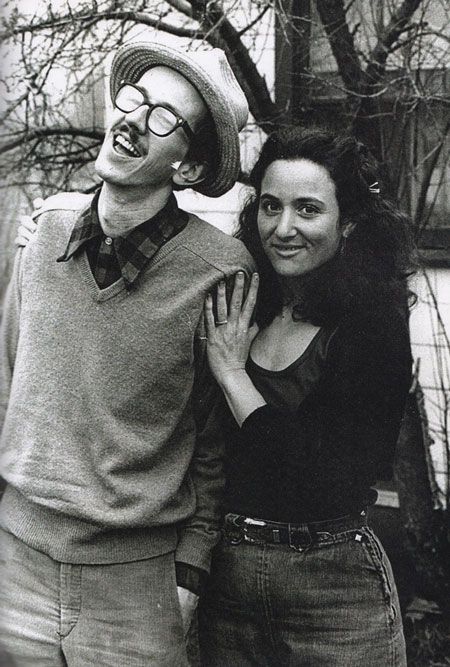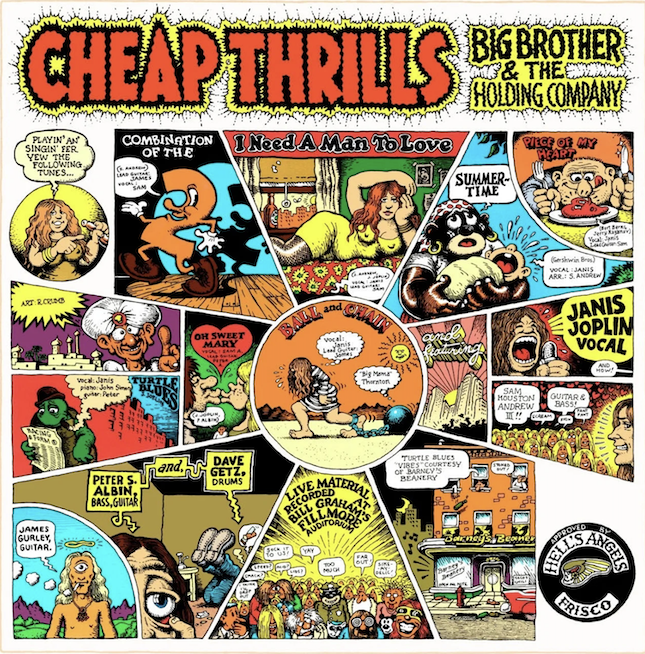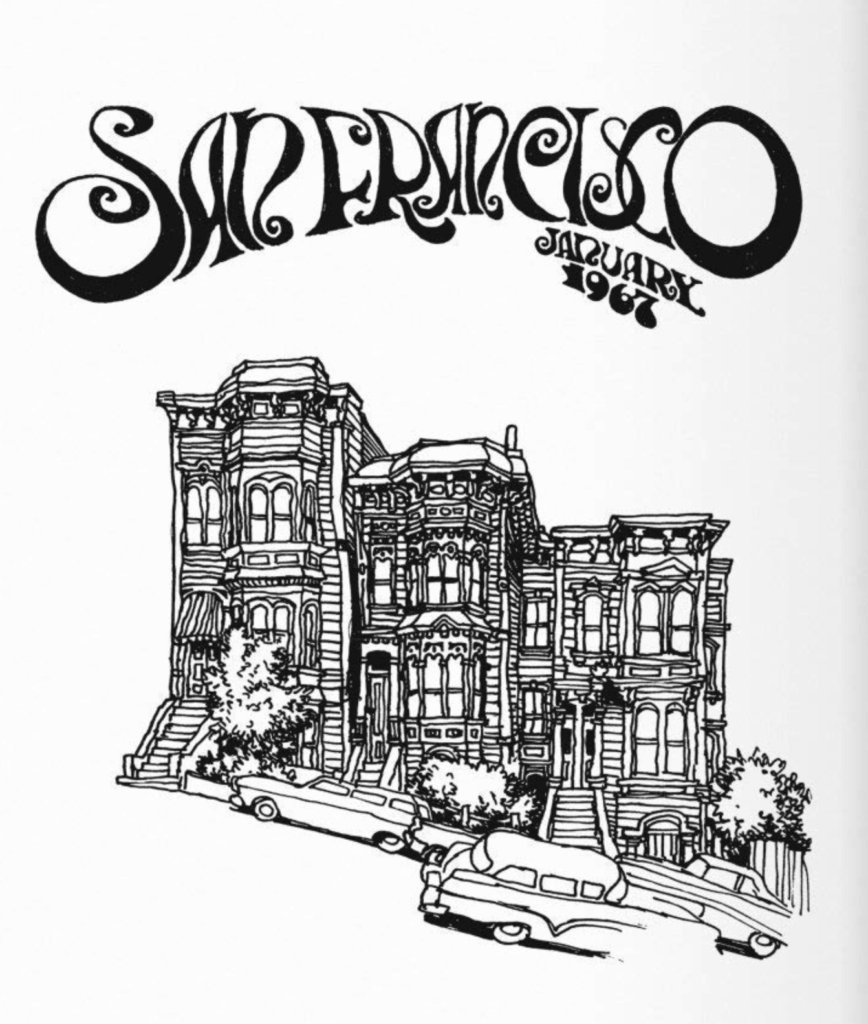Shindig! #163 – Robert Crumb
Still alive and kicking in the South Of France, ROBERT CRUMB, a comic book artist with an obsession for the pre-war era, reluctantly became the rock star and freaks’ choice during the ’60s and ’70s, debunking beauty, morality and the straight world.
KRIS NEEDS looks back at 60 years of bizarre, often provocative creations

One of the joys of the counterculture making its presence felt on so many levels after the ’60s passed its halfway mark was watching underground comics manifest as an alternative society art form while hippies laughed their stoned arses off. Comics became comix, the “x” setting them apart from the mainstream along with indicating often X-rated content.
First trickling into the UK’s newborn underground press in early 1968 before exploding onto the global stage that summer with his startling cover for Big Brother & The Holding Company’s second album, Robert Crumb was the reluctant, decidedly unlikely leader who spearheaded and defined the underground comix movement, his surreal visions and freewheeling characters catching the era at the same time as unleashing the personal demons and sexual hang-ups he channelled through his extraordinary artistic skill.

Intricately crafted and vividly imaginative, Crumb’s creations rebooted the cartoon form for an acid-liberated generation using classic artistic tropes and Da Vinci-like perception in capturing a subject’s character seen through his personal distorted mirror. “Real inspiration comes from the subconscious mind,” he explained years later. “It has to go as directly as possible from the subconscious to the hand, the pen, the brush, the blank surface, the paper, the canvas.”
As the genre’s pioneering boundary pusher with no off switch when it came to reining in his plots and antics, Crumb predictably got flak from all sides, including from contemporaries disapproving of his exaggerated depictions of female or black characters. Crumb maintained he was subtly sending up and confronting societal stereotypes he had encountered growing up in the blandly neanderthal America of that time. (At this point, younger viewers should be reminded these were very different times, many of those who chose fun and freedom over numbing normality and having their lives set in inhibition-stifling stone knowing no limits in taste or restraint until it bit them on the arse. What was considered quite normal behaviour could even mortify those consigned to today’s ridiculously buttoned-down regime.)

Even more paradoxically, Crumb’s cross-hatched tableaux often evocatively evoked the bygone eras that interested him more than any modern movements. He loved pre-war blues and jazz to the exclusion of the psychedelic sounds his work was often lumped with, still collecting 78s when the compact disc reared its little shiny head. Nevertheless, Crumb can only be regarded as the psych era’s quintessential artist, building his own world as a trailblazing product of this tumultuous era then moving with the times until he became a much-valued staple in a new art establishment, his work displayed in high end galleries and museums
Crumb was continuing a lineage that started with the “Tijuana Bibles”; anonymously produced pornographic comics depicting well-known comic strip characters getting up to triple-X hanky panky published between the late ’20s and ’40s. Early underground comics appeared sporadically through the ’60s influenced by ’50s EC Comics and Mad magazine, whose publisher Harvey Kurtzman’s other title Help! featured early works by Crumb, Gilbert Shelton and other artists in the first half of the decade. As the counterculture became a high-profile national movement, the underground upped its game with The Fugs and their underground comix started appearing in publications including the Berkeley Barb and East Village Other with strips by Crumb, Shelton and others before the first underground comix started appearing in ’67.

